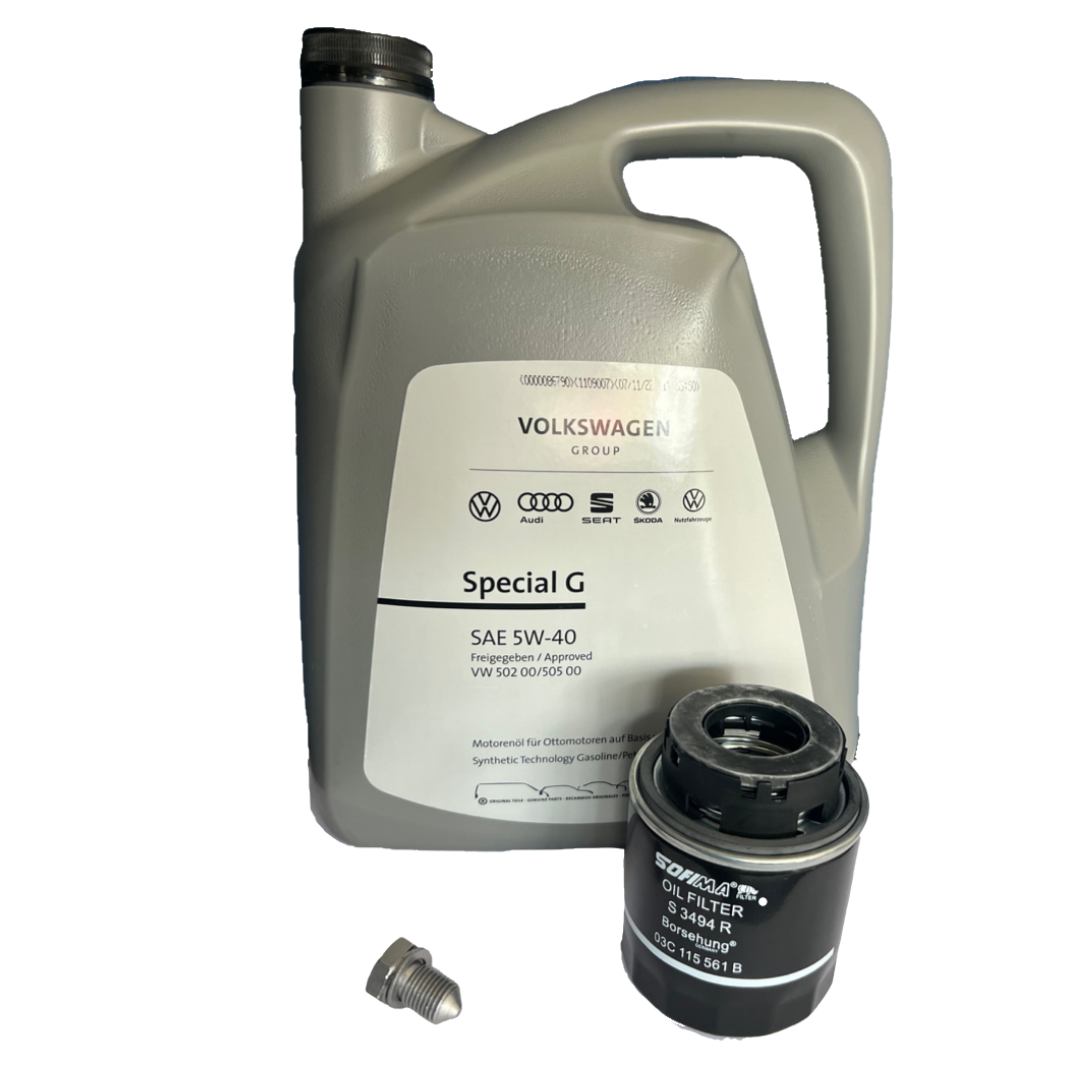Select a cost-effective clp engine for industrial applications.
Select a cost-effective clp engine for industrial applications.
Blog Article
Just How a Clp Engine Can Boost Performance in Various Industries
The introduction of CLP engines marks a significant shift in operational effectiveness throughout numerous sectors, driven by their capacity to enhance fuel consumption and lessen downtime. Industries such as manufacturing and logistics stand to gain considerably from their durable layout and regular power result, which assure to streamline procedures and enhance performance. As organizations progressively prioritize sustainability along with effectiveness, the duty of CLP engines comes to be a lot more essential. What continues to be to be seen is exactly how these advancements will form the future landscape of industrial operations and their impact on broader economic trends (clp engine).
Introduction of CLP Engines
CLP engines, or Constant Liquid Propellant engines, represent a substantial improvement in propulsion technology, specifically for room applications. These engines use a constant feed system that enables the continual expulsion of propellant, leading to improved performance and performance compared to conventional strong or hybrid propulsion systems. By maintaining a constant flow of fluid propellant, CLP engines can achieve a lot more accurate thrust control, which is important for navigating spacecraft in various goal scenarios.
The design of CLP engines incorporates advanced products and innovative fuel administration systems. clp engine. This leads to reduced weight and enhanced dependability, crucial elements for long-duration area goals. The continuous operation reduces the danger of burning instability, a common obstacle in standard rocket engines.

Benefits in Manufacturing
The production of Continuous Liquid Propellant (CLP) engines provides several noteworthy benefits that boost both efficiency and cost-effectiveness. One of the main benefits is the streamlined manufacturing process, which minimizes the complexity related to traditional propulsion systems. By using liquid propellant, producers can achieve greater precision in engine efficiency, bring about enhanced energy result and minimized waste.
Additionally, CLP engines promote a higher degree of modularity, enabling much easier combination into various production lines. This adaptability can substantially reduce lead times and enhance total operational adaptability. Making use of CLP innovation additionally often tends to reduce the demand for substantial upkeep due to less relocating components, which equates into decreased downtime and functional expenses.

Applications in Logistics
Leveraging Continuous Liquid Propellant (CLP) engines in logistics supplies significant advantages in operational effectiveness and integrity. These engines provide a robust service for various transport needs, making it possible go to the website for the smooth activity of products throughout substantial distances. The intrinsic style of CLP engines enables consistent power outcome, which equates right into smoother and extra foreseeable transportation timetables.
Among the vital applications of CLP engines in logistics is in durable freight transport, where they can drive both ground and airborne cars. Their ability to maintain high efficiency under differing load problems guarantees that delivery timelines are met, thereby boosting customer complete satisfaction. Additionally, CLP engines can be incorporated into automated logistics systems, promoting real-time tracking and optimizing route preparation.
Moreover, the durability of CLP engines decreases upkeep downtime, enabling logistics firms to optimize their operational abilities. This is particularly valuable in warehousing operations, where effectiveness in managing and transporting products is vital. As logistics continues to progress, the combination of CLP engines represents a forward-thinking technique that not only enhances performance however additionally sustains the sector's growing demands for integrity and rate.
Effect On Power Performance
How do Continual Liquid Propellant (CLP) engines improve energy efficiency in transportation? CLP engines make use of a consistent flow of liquid gas, enhancing burning processes and maintaining a steady thrust result. This layout decreases energy losses related to conventional burning engines, where gas distribution can differ and lead to inefficiencies.
The constant operation of CLP engines allows for an extra effective thermal cycle, causing greater particular impulse compared to conventional engines. clp engine. This translates to reduced gas intake for the same quantity of work done, substantially lowering operational prices throughout numerous transport industries, consisting of aeronautics and maritime industries
Moreover, the capacity of CLP engines to keep optimum performance under varying load problems decreases the need for regular acceleration and this page deceleration, even more enhancing fuel effectiveness. Boosted energy performance not just adds to cost financial savings yet additionally brings about reduce greenhouse gas exhausts, aligning with international sustainability goals.
Future Trends and Innovations
Emerging developments in Continuous Liquid Propellant (CLP) engine modern technology guarantee to change the landscape of transport efficiency and sustainability. As sectors pivot toward greener options, CLP engines stand at the forefront, integrating innovative materials and layout techniques that improve performance while minimizing ecological effect.
One of one of the most encouraging fads is the fostering of hybrid systems that combine CLP engines with renewable resource resources. This synergy can optimize gas intake and reduce discharges, aligning with worldwide sustainability goals. Additionally, developments in computational liquid dynamics (CFD) are facilitating the design of more aerodynamically reliable engines, bring about decreased drag and improved fuel effectiveness.
Additionally, the advancement of clever surveillance systems is established to boost functional efficiencies. These systems take advantage of information analytics and IoT technology to optimize engine efficiency in real-time, ensuring that the engines run within their most efficient criteria.
As research study continues to explore alternative propellant formulas-- such check here as biofuels and synthetic gas-- the future of CLP engines looks promising. By using these developments, sectors can not just improve their effectiveness yet likewise add significantly to a cleaner, extra sustainable future in transport.
Final Thought
In conclusion, CLP engines stand for a substantial advancement in performance across numerous sectors. Their capability to enhance fuel consumption and decrease functional prices, incorporated with a continual feed system, enhances power result and functional integrity. The integration of advanced products and fewer relocating parts minimizes upkeep needs, while positioning with sustainability goals placements CLP engines as a pivotal innovation for the future. Continued technology in this field promises more enhancements in efficiency and environmental performance.
Report this page